Free speech or hate speech? Charlie Hebdo breaches red line again
By Syed Zafar Mehdi
In 1960, a controversial French satirical magazine 'Hara-Kiri' was launched by Georges Bernier and Francois Cavanna, subtitled 'journal bête et méchant', which literally translated into 'stupid and nasty journal'. It was clearly no hyperbole.
The monthly magazine, which relied on trademark crackbrained satire, was so insanely outlandish that it was banned by the French government in 1970.
To circumvent the ban, the magazine was then repackaged and relaunched as the radical weekly Charlie Hebdo, retaining the wickedness and brazenness of its ill-famed predecessor.
While Hara-Kiri was rather open and unabashed about being grotesque and evil, in line with quintessential French standards, Charlie Hebdo pretended to be a magazine of freewheeling satire. And many pseudo-liberal elites in the West actually fell into the trap.
The weekly magazine over the years remained in news for all the wrong reasons, mostly owing to its no-holds-barred attacks on Islam and Islamic sanctities in the name of free speech and freedom of expression.
Last week, the Paris-based notorious publication was again at it — publishing a series of distasteful caricatures depicting the Islamic Republic of Iran's top religious and political figure, which Iranian authorities rightly denounced as "insulting" and "uncultured".
In response, Iran announced the decision to review France's cultural activities in the country and close down a French research institute as the first step. There is no scope for cultural cooperation with a country that shows utter disregard for other cultures, other religions and other beliefs.
However, it is not the first time that Charlie Hebdo has resorted to such foolhardy adventurism, breaching the proverbial red line of decency and civility and making a sheer mockery of freedom of speech and sacrosanct human values.
The magazine that feeds on hate and hostility came to prominence after printing sacrilegious cartoons of Prophet Mohammad in 2006, which were originally published in a Danish newspaper, Jyllands-Posten.
If that was not enough, it republished the cartoons in 2020, five years after a violent attack on the magazine office left 12 people dead. Quite audaciously, French authorities, including President Emmanuel Macron, defended the sacrilegious act that hurt the sentiments of millions of Muslims across the world.
The failure to take action against Jyllands-Posten and Charlie Hebdo was in complete breach of the European Convention, the Danish Criminal Code and the French Freedom of Press Act 1881, which laid bare the duplicity of French authorities on free speech.
These repeated transgressions by the controversy-ridden magazine and deliberate inaction on the part of French authorities beg pertinent questions — are free speech and media freedom absolute values? Should there be restrictions on them by law? Do Charlie Hebdo cartoons uphold free speech or abuse it?
Even the most vociferous free speech advocates agree that the right to freedom of expression is not absolute but comes with certain limitations, especially when it tends to incite hatred, offend religious statements or make fun of monumental human tragedies.
Charlie Hebdo lampooned Syrian toddler Aylan Kurdi when he tragically drowned in the Mediterranean Sea in September 2015 while fleeing the devastating war that France helped create. “Promo! Two meals for the price of one," read the caption, adding that "Christians walk on water while Muslims sink”.
The magazine also made the catastrophic 2016 earthquake in Italy a subject of its crass, degraded satire, describing over 230 victims of the 6.2-magnitude quake as "lasagne". “Italians…it’s not Charlie Hebdo who built your homes, it’s the mafia," read the caption.
It even made fun of the Russian plane crash in Egypt in November 2016, which killed 224 people, mostly Russian tourists. “ISIS: The Russian airforce intensifies its bombing," read the caption. “I should have taken Air Cocaine”. Kremlin denounced it as "sacrilege".
These are just a few examples of how Charlie Hebdo, under the hideous patronage of French authorities, has misused and abused freedom of speech with vulgar works to attack, vilify, lampoon and provoke others.
It has blurred the line between free speech and hate speech, targeting the weak and vulnerable across the world, with Muslims being the favorite targets.
Iran's foreign minister Hossein Amir-Abdollahian in a tweet last week said Paris chose "the wrong path" in allowing the publication of derogatory cartoons of the Leader of the Islamic Revolution, and warned French officials against going "beyond all bounds".
“The insulting and indecent act of a French publication in publishing cartoons against the religious and political authority will not go without a decisive and effective response," the top Iranian diplomat stressed.
It's time French authorities get their act together and understand the basic difference between free speech and hate speech and stop adding fuel to the already raging fire of Islamophobia and anti-Muslim fascism in the West.
Syed Zafar Mehdi is a Tehran-based journalist, political commentator and author. He has reported for more than 12 years from India, Afghanistan, Pakistan, Kashmir and the Middle East for leading publications worldwide.
(The views expressed in this piece do not necessarily reflect those of Press TV.)
VIDEO | Australians rally for Gaza ahead of Christmas festivities
VIDEO | Attacks on Sana'a
Iran reports further drop in annual inflation rate in December
Israel indicts two settlers over suspected spying for Hezbollah
Iran: US airstrikes on Yemen war crimes, violation of international law
Yemeni armed forces down F-18 fighter jet, repel US-UK attack: Spokesman
Iran warns against US-Israeli plot to weaken Muslims, dominate region
VIDEO | Public uproar in US against Israeli regime


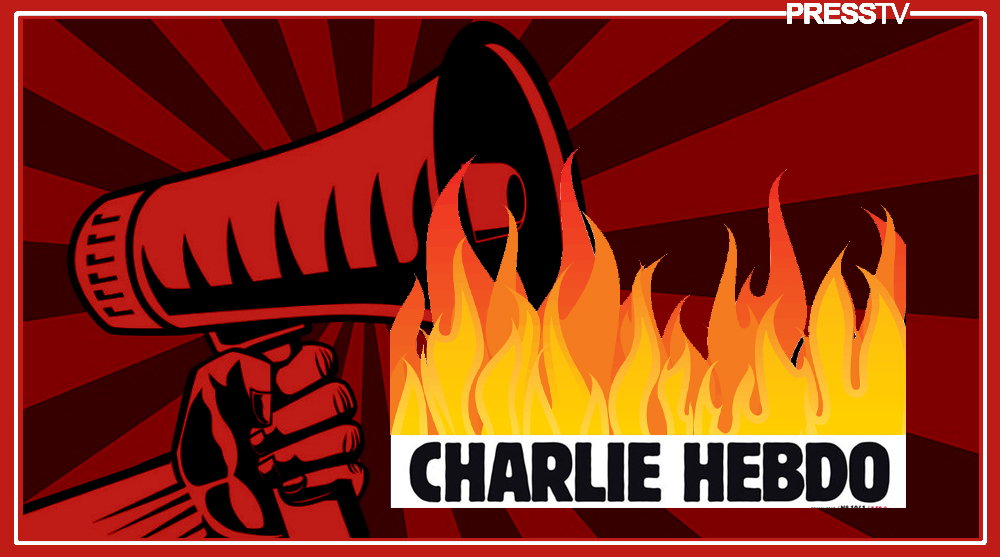
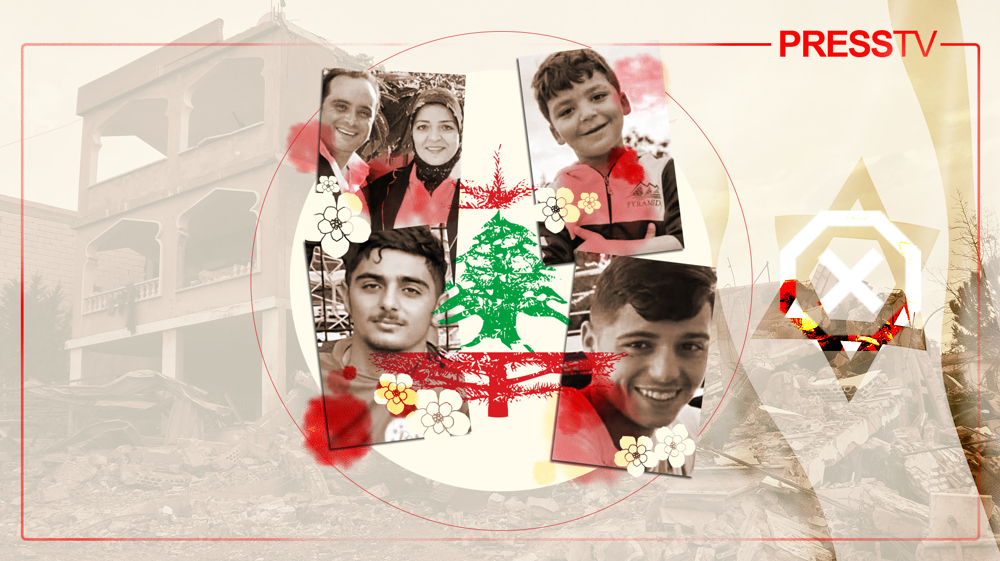
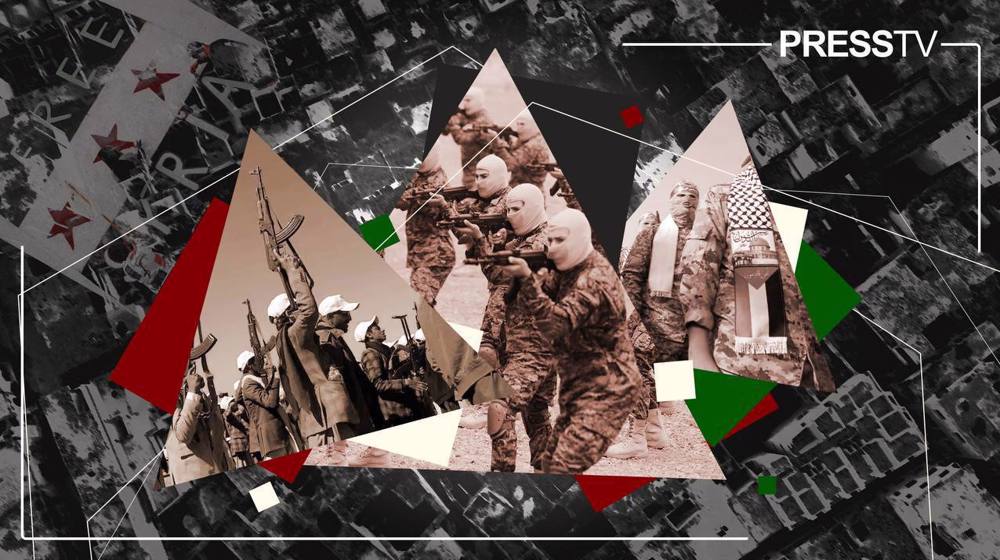




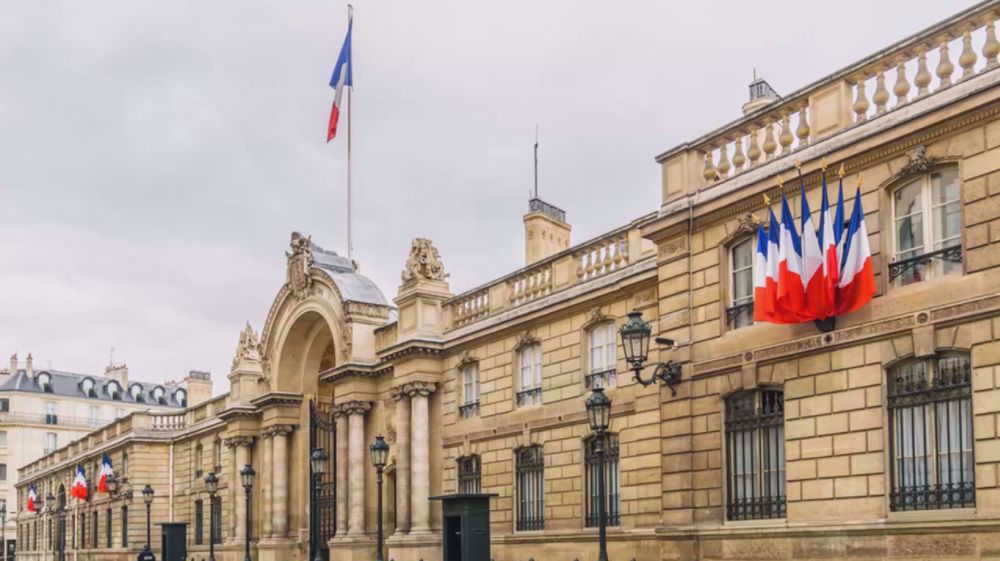
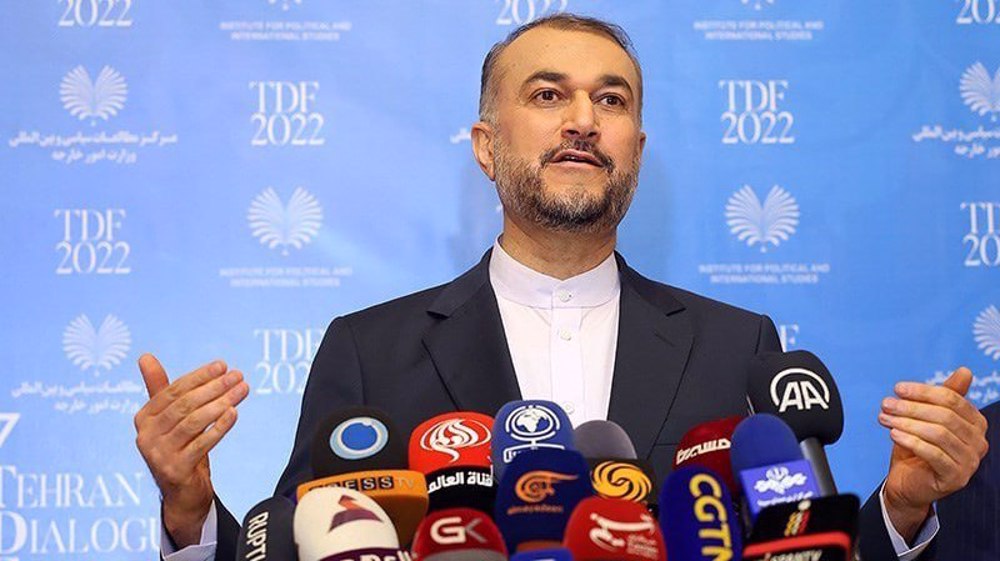
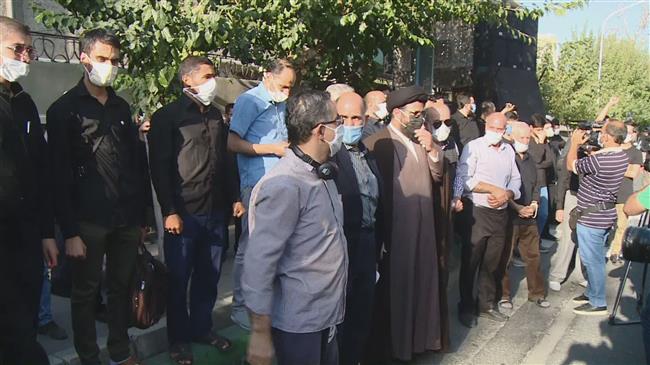
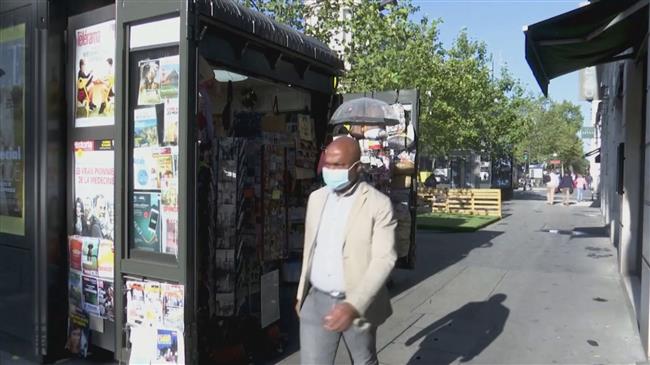


 This makes it easy to access the Press TV website
This makes it easy to access the Press TV website